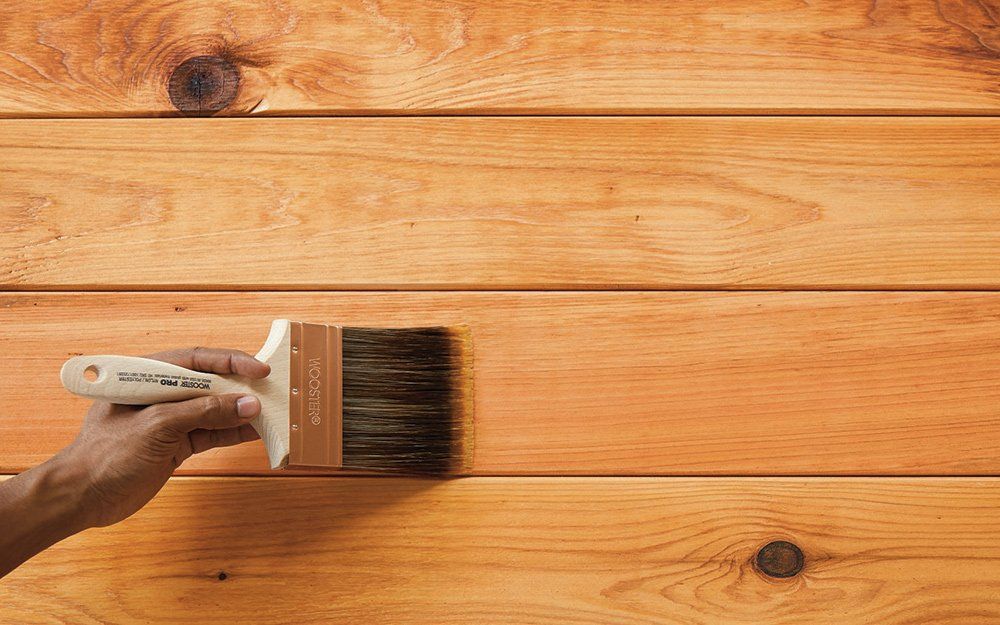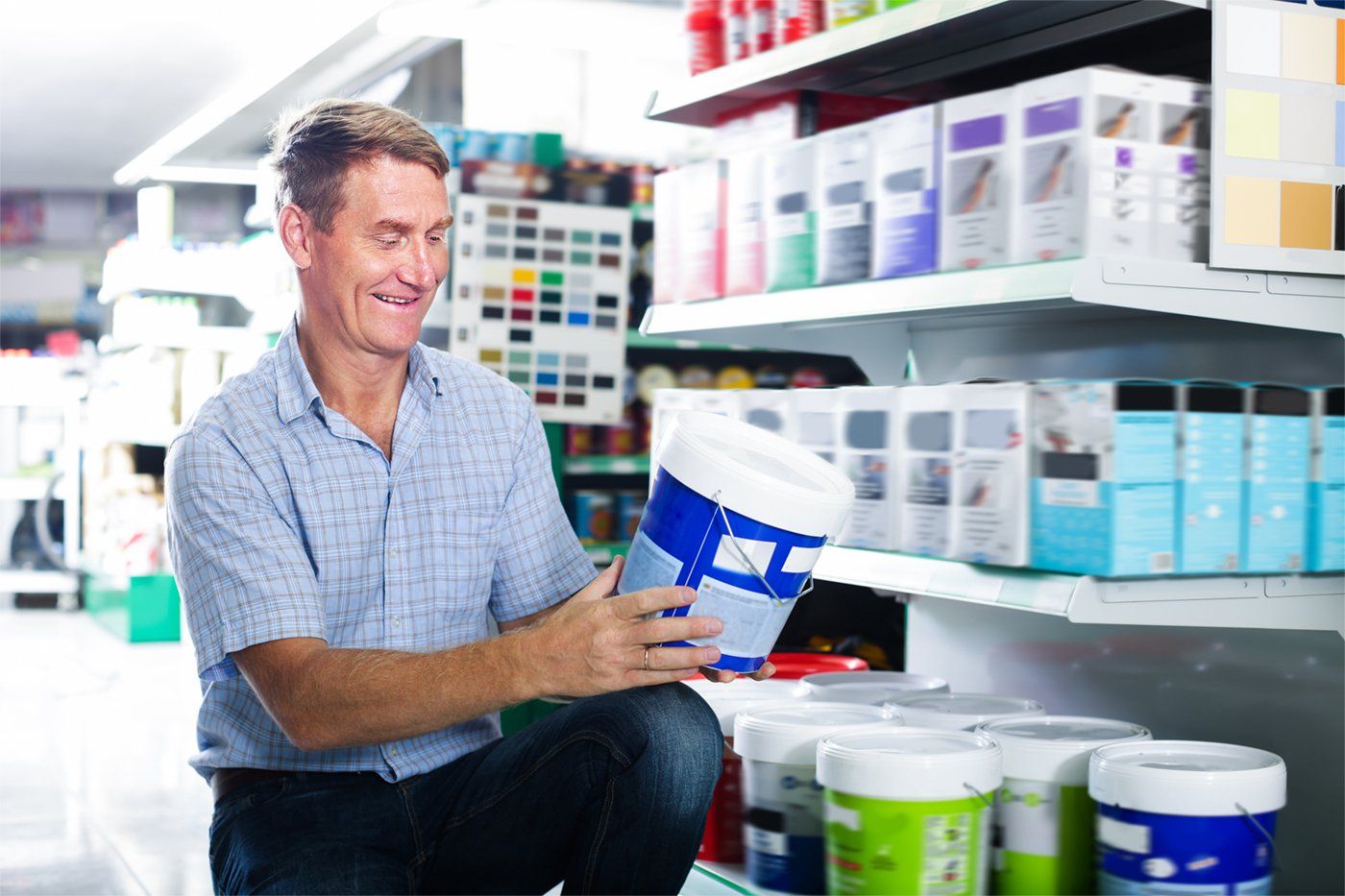When is it Too Cold to Paint
When is it Too Cold to Paint
When it comes to exterior and interior painting projects, it is very important to determine the range of temperatures in which you can paint successfully. The reason? If you end up starting your project in temperatures that are outside of this range, there is a possibility that you will risk encountering premature paint failure, along with an unfortunate waste of money and time.
What to Consider
As a general rule of thumb, it is not advised to apply paint if the temperature is below 50 degrees. Still, there are other factors that need to be taken into consideration. For one, paints, just like other substances, also react to humidity and temperature changes.
On top of considering the temperature, which could either be too hot or too cold, the presence of too much moisture will only result in the paint not curing properly. When this happens, you would not want to repaint your house just because things did not go as expected, and you start noticing that the paint prematurely peels since it did not have enough time for curing.
The Best Temperature for Painting
There is no single answer to this because it still ultimately depends on the actual painting or staining project. For instance, if you are working on latex paint, the recommended temperature is between 50 and 70 degrees Fahrenheit. On the other hand, if you are working on oil-based paint, the generally recommended temperature is between 45 and 90 degrees Fahrenheit.
If you need to paint when the temperature is lower than the range mentioned earlier, make sure that you get the specifically formulated latex paint, which is made to endure in temperatures even as low as 36 degrees Fahrenheit or 2.2 degrees Celsius. This type of paint is formulated with coalescing agents that work in bolstering the curing attributes of paint, allowing them to do well even in low temperatures.
Other Factors to Consider
It is also important to note that since air and surface temperature may vary greatly, there is a need to take things into consideration. For example, other exterior surfaces may take a day, even a two, in order to warm up right after a cold spell. Because certain types of paint require at least a day or some more to cure completely, make sure to check the weather the day after the painting in order to make sure that the temperature will not change too abruptly while the paint is still drying.
In order to avoid painting under direct exposure to the sun, as well as on overheated outside surfaces, it has been recommended by some surfaces to follow the shadow of the sun as it goes around the house. Also, it is important to give some time for the paint to completely dry to your touch before sunset, at the start of the cooler temperatures, and when the dew starts to surface.
Humidity and Temperature
Humidity is the measurement of the water vapor that is present in the air. Too much humidity could result in water vapor formation, especially on the surface that is freshly painted. Aside from the temperature, humidity also needs to be checked. The recommended level of humidity for exterior painting ranges from 40 to 70 percent.
Painting amidst an environment with extremely high humidity may only result in some unfortunate occurrences, including leaching. This refers to the presence of brown or white discoloration on the surface of oil-based or latex paints. This will also compromise the protective qualities of paint. Too much humidity in the air will also result in the evaporation of moisture too slowly from the paint solvents, thus leading to a longer time needed for curing, even resulting in a poor finish.
When it comes to painting wood surfaces, it is very important to take into consideration the humidity level since wood naturally absorbs moisture coming from the air in the surroundings. This may impede the adhesion of paint onto the surface, thus creating those unsightly bubbles and peeling. One way to avoid excessive humidity in the air is by using a dehumidifier or turning the air conditioner on.
Conclusion
If you are planning to do interior painting in preparation for the holiday season, or just want to paint your home before selling it, it is important to acknowledge that the winter season is a good time to paint, provided that you are painting within the right temperature range. This could be different when painting outside.
In order to make sure that you are doing things right, why not turn to the help of professionals for painting regardless of the weather? This will help you avoid mishaps related to painting. However, if you are only doing a small degree of painting job, considering the tips mentioned above will help you out.




